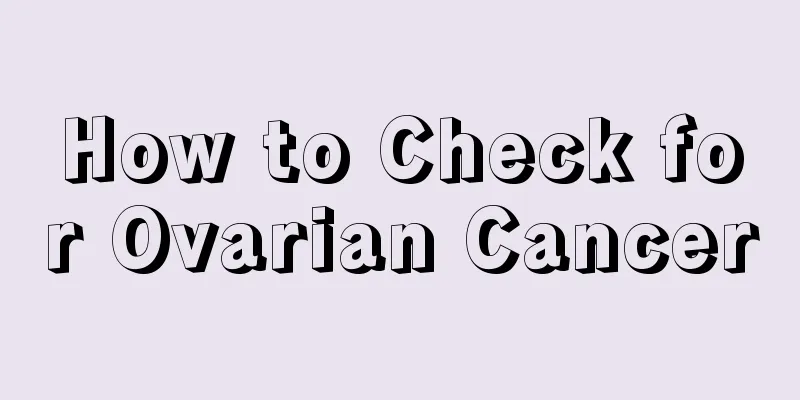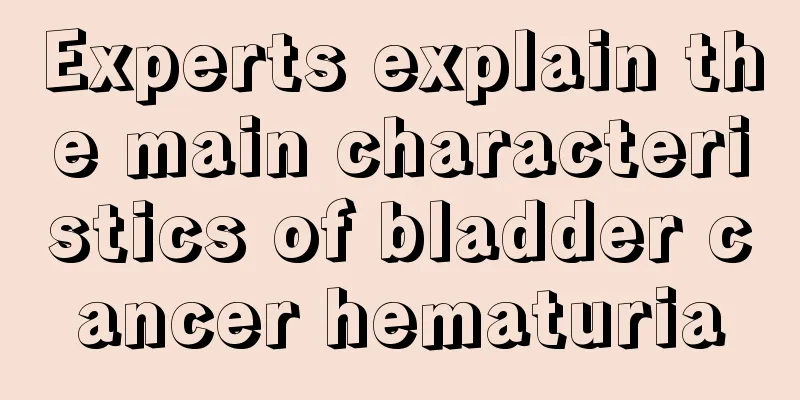How many times a day is best to brush your teeth?

|
Brushing teeth is something we must do every day, and its importance is self-evident. However, how many times a day is best to brush your teeth, when should you brush your teeth, and how should you brush your teeth? I guess not everyone is clear about this. Today I will introduce it to you in detail so that you can become a person who knows how to brush your teeth and brush for hygiene and health. So how many times a day is best to brush your teeth? Brushing method l) Choice of toothbrush: A toothbrush is an oral hygiene tool. Only by choosing a health toothbrush that meets the requirements of oral hygiene can you achieve the effect of cleaning teeth without damaging teeth and periodontal tissues. 2) When choosing toothpaste, fluoride toothpaste is the first choice, but other toothpastes can be used in combination. Fluoride toothpaste not only inhibits dental plaque, but also protects tooth enamel, enhances teeth's acid resistance and prevents tooth decay. 3) Relevant research has confirmed that the temperature of water for brushing teeth is suitable for normal metabolism of teeth at a water temperature of 30 to 36 degrees. Therefore, when brushing your teeth, if your teeth are exposed to sudden cold or heat stimulation for a long time, it will not only easily cause bleeding gums, but also directly affect the normal metabolism of the teeth, easily induce dental diseases, affect the life of the teeth, and affect your physical health. 4) The correct way to brush your teeth. The correct way to brush your teeth can effectively remove plaque and soft deposits on teeth and periodontal tissues, and can help prevent caries and periodontal disease. Therefore, the vertical brushing method is recommended to avoid damaging teeth and periodontal tissues. When brushing the maxillary posterior teeth, place the toothbrush on the maxillary posterior teeth with the bristles at a 45-degree angle to the teeth. Then rotate the brush head and brush from top to bottom. Repeat brushing each part about 10 times, using the same method for the inside and outside. When brushing the back teeth of the mandible, place the toothbrush on the back teeth of the mandible, with the bristles still at a 45-degree angle to the teeth. Rotate the brush head and brush from bottom to top. Repeat about 10 times for each part, brushing the inside and outside in the same way. The method of brushing the lips and face of the upper and lower front teeth is the same as that of the back teeth. When brushing the palatal surface of the upper front teeth and the lingual surface of the lower front teeth, you can stand the brush head upright and brush the upper teeth from top to bottom, and brush the lower teeth from bottom to top. When brushing the biting surfaces of the upper and lower teeth, place the toothbrush on the biting surfaces of the teeth and brush back and forth in a horizontal direction with a little force. 5) You should brush your teeth once in the morning and before going to bed at night, and rinse your mouth after meals. Each brushing takes 3 to 5 minutes to brush all parts of the teeth. It is even more important to brush your teeth before going to bed at night because it can remove food residues and dirt accumulated on the teeth from the day's three meals. Otherwise, bacteria will grow in the mouth while you sleep at night, and dirt and calcium salts in the saliva will deposit to form plaque and tartar, which will cause tooth decay and periodontal disease over time. 6) Toothbrush maintenance and replacement: After brushing your teeth, you must clean the toothbrush with clean water and shake it dry, and place it in a ventilated and dry place with the brush head facing up. It should be noted that if a toothbrush is used for a long time, the bristles will become bent, messy or even fall off, weakening its teeth cleaning ability. Therefore, a toothbrush must be replaced every 3 months and several people should avoid sharing a toothbrush. The above are the details of how many times a day it is best to brush your teeth. Brushing your teeth is our main way to keep our mouth clean. It can remove soft white dirt, food debris and some dental plaque in the mouth, and massage the gums, thereby reducing pathogenic factors in the oral environment and enhancing the disease resistance of tissues. Brushing your teeth plays an important role in preventing various oral diseases, especially in preventing and treating periodontal disease and caries. |
<<: How to choose rose essential oil
>>: Are anesthetics harmful to the human body?
Recommend
What are the treatments for severe paronychia
Paronychia often occurs in daily life due to impr...
Diseases that should be watched out for when the right arm becomes numb
It is very common to feel numbness in a certain p...
What is the treatment cycle and cost of lymphoma
As modern people's minds become more and more...
Is it okay to get pregnant during kidney cancer?
Is it okay to get pregnant during kidney cancer? ...
What causes gastric cancer? Pay attention to these four aspects
Gastric cancer is a very common malignant tumor. ...
What is the reason for white lips
There are actually many reasons for pale lips. Th...
Brain cancer patients should not forget to exercise their physical functions after surgery
Brain cancer causes significant damage to the pat...
What is the mucus thread in urine test
Urine test is a common way to examine the human b...
What's wrong with the black belly button
For every baby, in the mother's womb, the bab...
Moxibustion treatment after bone cancer
The moxibustion therapy of "Yanfeng" is...
Oral ulcers get bigger_Large area of oral ulcers
The area of oral ulcers is becoming larger and ...
Which foods increase the risk of liver cancer? Dietary knowledge to prevent liver cancer
Liver cancer is considered an "old age disea...
Analysis of the main surgical methods for localized renal cancer
Surgery is currently the preferred method for tre...
What to do if you have cerebellar atrophy and dizziness?
Many people will experience dizziness after suffe...
What is acne
Acne is very common. It is very easy for people i...









